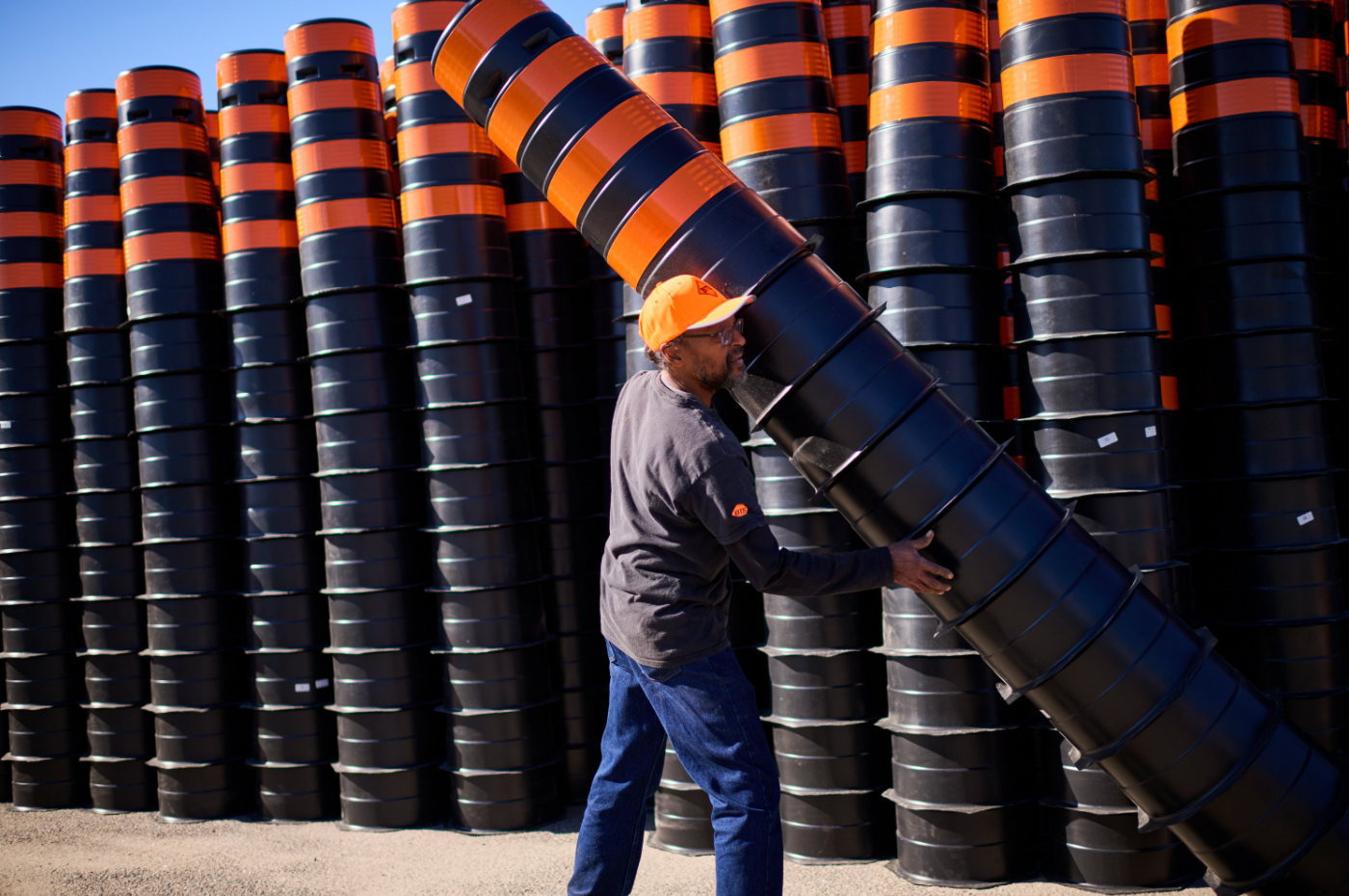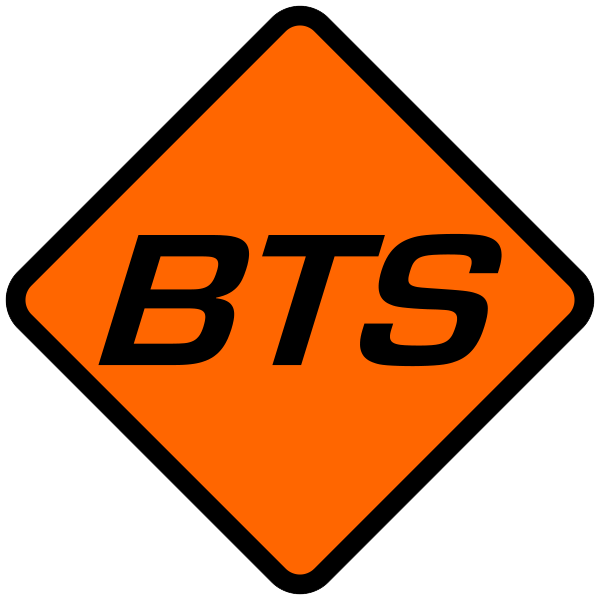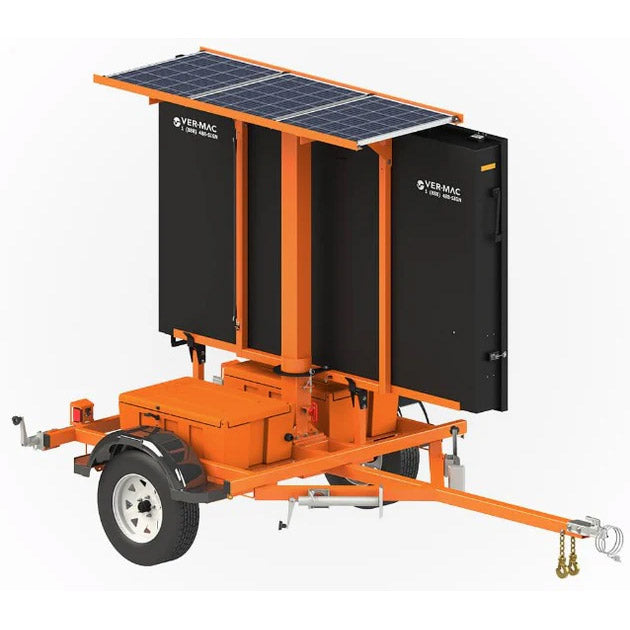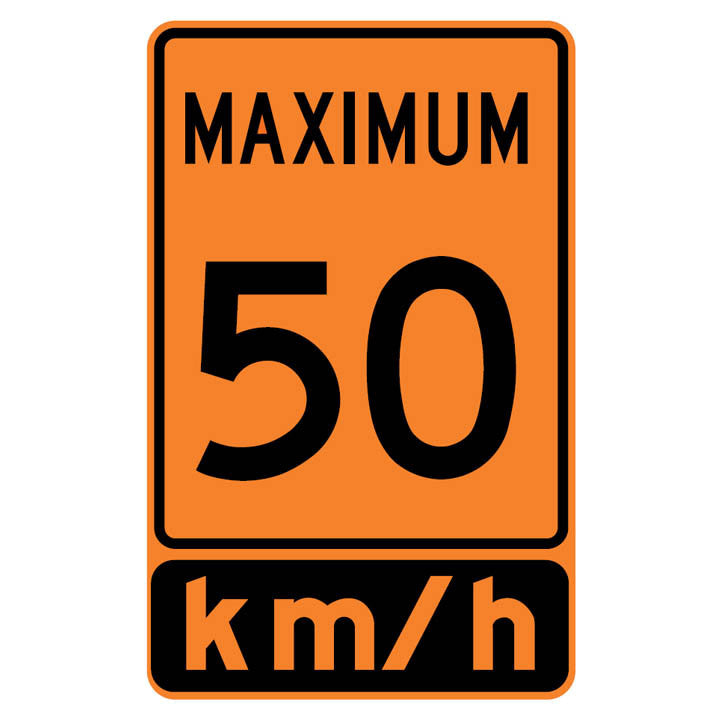
Why Are Traffic Barrels Designed to “Bounce” Not Break?
Understanding Traffic Barrels
 On Ontario roads, Traffic Barrels are one of the most common sights in construction zones. Drivers see them lined up along highways, city streets, and bridge projects. A Construction Barrel is a large, bright orange marker, often with reflective stripes, that separates vehicles from work areas. Many people also call them Traffic Drums because of their size and round shape. They are taller and larger than a regular traffic cone, which makes them easier to see in high-speed areas.
On Ontario roads, Traffic Barrels are one of the most common sights in construction zones. Drivers see them lined up along highways, city streets, and bridge projects. A Construction Barrel is a large, bright orange marker, often with reflective stripes, that separates vehicles from work areas. Many people also call them Traffic Drums because of their size and round shape. They are taller and larger than a regular traffic cone, which makes them easier to see in high-speed areas.
Unlike permanent barriers such as concrete walls, Traffic Barrels are portable. They are designed to be set up quickly and moved easily by crews. This flexibility makes them one of the most useful pieces of equipment in traffic control. Ontario’s busy highways and city roads rely on them to create safe zones, guide traffic, and keep both drivers and workers protected.
Why Traffic Barrels Are Used in Traffic Control
 The main job of a Traffic Barrel is to warn and guide drivers. When a lane is closed for construction or repair, barrels line the closure to lead vehicles safely around the work. On highways like the 401, 403, or QEW, traffic moves fast. Drivers need large, clear signals to know where to go. Barrels provide that signal.
The main job of a Traffic Barrel is to warn and guide drivers. When a lane is closed for construction or repair, barrels line the closure to lead vehicles safely around the work. On highways like the 401, 403, or QEW, traffic moves fast. Drivers need large, clear signals to know where to go. Barrels provide that signal.
They also serve as a buffer. A barrel is big enough to catch attention but not rigid like a wall. If a driver accidentally hits a barrel, the barrel moves or “bounces” instead of stopping the car instantly. This reduces the risk of severe accidents. That is why traffic control companies across Ontario choose barrels for high-speed work zones.
The TC54 Standard for Ontario
 In Ontario, Traffic Barrels must meet strict standards. The most recognized is the TC54 standard, which sets the requirements for size, colour, reflectivity, and durability. A TC54 barrel must be tall enough and wide enough to be seen clearly. It must have reflective bands so drivers can see it at night. It must also be made from materials that can handle impacts without shattering into dangerous pieces. Barricade Traffic Services provides TC54-approved barrels that meet Ontario’s rules for safe road use.
In Ontario, Traffic Barrels must meet strict standards. The most recognized is the TC54 standard, which sets the requirements for size, colour, reflectivity, and durability. A TC54 barrel must be tall enough and wide enough to be seen clearly. It must have reflective bands so drivers can see it at night. It must also be made from materials that can handle impacts without shattering into dangerous pieces. Barricade Traffic Services provides TC54-approved barrels that meet Ontario’s rules for safe road use.
Why Traffic Barrels Are Designed to “Bounce”
 One of the most interesting parts of a Construction Barrel is the way it reacts when hit. Instead of breaking apart, the barrel bends, compresses, or bounces. This design is intentional. It keeps the barrel functional even after impact, and it reduces the danger to drivers.
One of the most interesting parts of a Construction Barrel is the way it reacts when hit. Instead of breaking apart, the barrel bends, compresses, or bounces. This design is intentional. It keeps the barrel functional even after impact, and it reduces the danger to drivers.
If barrels were made from rigid materials, like wood or hard plastic, they would break on impact. Broken pieces could fly into traffic, hit other vehicles, or harm workers. A broken barrel would also leave the lane unprotected, since drivers would no longer see the warning marker. By contrast, a flexible barrel absorbs some of the energy of the crash, bounces away, and usually stays visible.
This “bounce” feature also makes barrels reusable. Crews can pick them up, inspect them, and place them back in service. That saves money for contractors and municipalities. It also ensures that traffic control setups stay intact, even if barrels are bumped by vehicles.
Bounce vs. Break: Why It Matters
 The difference between a barrel that bounces and one that breaks is the difference between safety and risk. When a Traffic Barrel bounces, the car may still suffer minor damage, but the impact is controlled. The barrel does not shatter, so there is no debris on the road. The bright orange colour remains visible to other drivers, reminding them to stay in their lanes.
The difference between a barrel that bounces and one that breaks is the difference between safety and risk. When a Traffic Barrel bounces, the car may still suffer minor damage, but the impact is controlled. The barrel does not shatter, so there is no debris on the road. The bright orange colour remains visible to other drivers, reminding them to stay in their lanes.
If the barrel were to break apart, the results would be much worse. Sharp fragments could puncture tires or cause other vehicles to swerve suddenly. Workers nearby could be struck by flying debris. A broken barrel would also leave a gap in the traffic control setup, confusing drivers and increasing the chance of another accident. Ontario traffic conditions, especially on high-speed highways, demand equipment that avoids these risks.
Use of Traffic Barrels in Ontario Situations
 In road construction zones, barrels line the lanes that are closed or shifting. They create a clear visual wall that drivers cannot miss. During bridge repairs, barrels block off narrow areas and guide vehicles into single-lane traffic. At city intersections under repair, barrels are used to mark turning restrictions and keep pedestrians safe.
In road construction zones, barrels line the lanes that are closed or shifting. They create a clear visual wall that drivers cannot miss. During bridge repairs, barrels block off narrow areas and guide vehicles into single-lane traffic. At city intersections under repair, barrels are used to mark turning restrictions and keep pedestrians safe.
Beyond construction, Traffic Barrels also appear at large events, concerts, and sports games. When thousands of cars arrive or leave a stadium, barrels help form temporary lanes and parking zones. They manage flow where permanent barriers are not practical. Even in emergencies, such as accidents or sudden road closures, barrels can be deployed quickly by police or traffic control companies to keep vehicles out of danger zones.
Durability and Safety in Ontario’s Climate
 Ontario’s weather adds extra challenges. Snow, ice, rain, and freezing temperatures all affect road visibility. That is why Traffic Drums are made from durable, UV-resistant plastic. They remain bright orange even after exposure to sun, salt, and snow. Their reflective bands keep them visible in headlights during winter nights. Their flexible material allows them to bend in freezing conditions without snapping. This durability is key to why they bounce instead of break.
Ontario’s weather adds extra challenges. Snow, ice, rain, and freezing temperatures all affect road visibility. That is why Traffic Drums are made from durable, UV-resistant plastic. They remain bright orange even after exposure to sun, salt, and snow. Their reflective bands keep them visible in headlights during winter nights. Their flexible material allows them to bend in freezing conditions without snapping. This durability is key to why they bounce instead of break.
Traffic Barrels are one of the most important tools in Ontario traffic control. A Construction Barrel, also called a Traffic Drum, is big, bright, and built to protect drivers and workers. Under the TC54 standard, barrels meet strict safety rules for height, reflectivity, and performance. Their bounce-instead-of-break design keeps them safe, durable, and reusable. This design reduces accidents, avoids debris, and ensures continuous visibility in construction zones.
Ontario drivers see them every day, but few realize how much thought goes into their design. Barricade Traffic Services provides Traffic Barrels that meet Ontario’s strict standards and deliver the safety needed in every situation. Whether in road construction, city projects, events, or emergencies, barrels that bounce instead of break keep Ontario roads safer for everyone.




